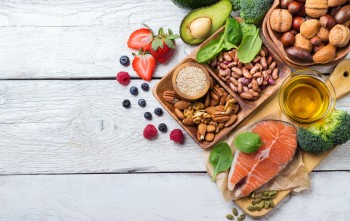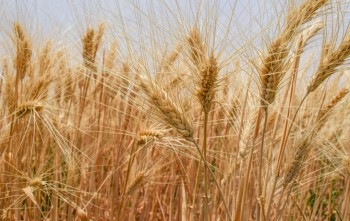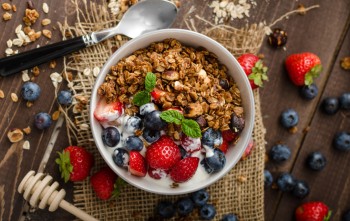From Plate to Podium: Enhance Sports Performance with Low-Glycemic Index Foods

Shirleen Gabriele Havellar S,Gz
Nutritionist
In the world of sports, nutrition plays a crucial role in supporting the performance of athletes. One key concept in sports nutrition is the Glycemic Index (GI). The Glycemic Index measures how quickly carbohydrate-containing foods increase blood sugar levels after consumption. High-GI foods are quickly digested and absorbed, resulting in rapid spikes in blood sugar. Conversely, Low-GI foods are digested and absorbed more slowly, leading to a more gradual increase in blood sugar.
Why is Low Glycemic Index Important for Sports Performance?
Stabilizing blood sugar is vital for maintaining energy and performance during physical activities. Low-GI foods provide a more stable and long-lasting energy supply, which is very useful for athletes. Here are some reasons why Low-GI foods can enhance sports performance:
- Long-lasting Energy Low-GI foods provide longer-lasting energy compared to High-GI foods. This is because they are digested and absorbed slowly, thus providing a steady supply of glucose to the muscles during exercise. This is especially important for endurance sports like marathon running or long-distance cycling.
- Increased Fat Burning Research shows that consuming Low-GI foods before exercise can enhance fat burning during workouts. This is due to lower insulin levels, which allow the body to use more fat as an energy source instead of carbohydrates.
- Reduced Risk of Hypoglycemia Consuming Low-GI foods before exercise can help reduce the risk of reactive hypoglycemia, a condition where blood sugar drops drastically after an initial spike. Hypoglycemia can cause dizziness, weakness, and a general decline in performance.
- Improved Endurance and Reduced Fatigue A study found that consuming Low-GI foods before exercise can improve endurance and reduce fatigue during physical activity.
Application in Sports
- Before Exercise: Consuming Low-GI foods before exercise helps maintain stable blood sugar levels and provides long-lasting energy. Examples of Low-GI foods include whole grains, vegetables, and certain fruits like apples and oranges.
Also, choose snacks with natural and Low-GI ingredients like YAVA. YAVA is supporting Indonesians in achieving optimal health, which includes maintaining a more stable blood sugar level. YAVA uses Lontar Sugar, which has a Low-GI, often referred to as "GulaRamah." Not only that, on top of that Lontar Sugar is also rich in various nutrients and antioxidants. Using Lontar sugar combined with various nuts, sorghum, and brown rice, YAVA becomes a favorite snack choice for sports enthusiasts who want to enjoy delicious AND healthy food. You can find all types of YAVA product variants in your favorite offline and online stores. - During Exercise: During exercise, especially those lasting more than an hour, it is recommended to consume High-GI foods or drinks like sports drinks or energy gels. This helps quickly replenish glucose used by the muscles.
- After Exercise: After exercise, consuming High-GI foods can help quickly re-synthesize and replenish muscle glycogen. It is recommended to consume 1-1.85 grams of High-GI carbohydrates per kilogram of body weight every hour for the first 5 hours after exercise.
Incorporating Low-GI foods into daily diet and sports nutrition plans can provide various benefits for athletes, including sustained energy, better fat burning, and improved blood sugar stability. By understanding and applying the concept of the GI, athletes can optimize their performance and achieve better results in training and competition.
Referensi
- The Glycemic Index In Sports Nutrition
- The Effects of Low- and High-Glycemic Index Sport Nutrition Bars on Metabolism and Performance in Recreational Soccer Players
- Glycemic Index and Endurance Performance
- The Potential of Low Glycemic Index Meals as a Factor to Enhance Endurance and to Prevent of Injury in Athlete
- Krause and Mahan’s, Food and Nutrition Care Process, 2020


















